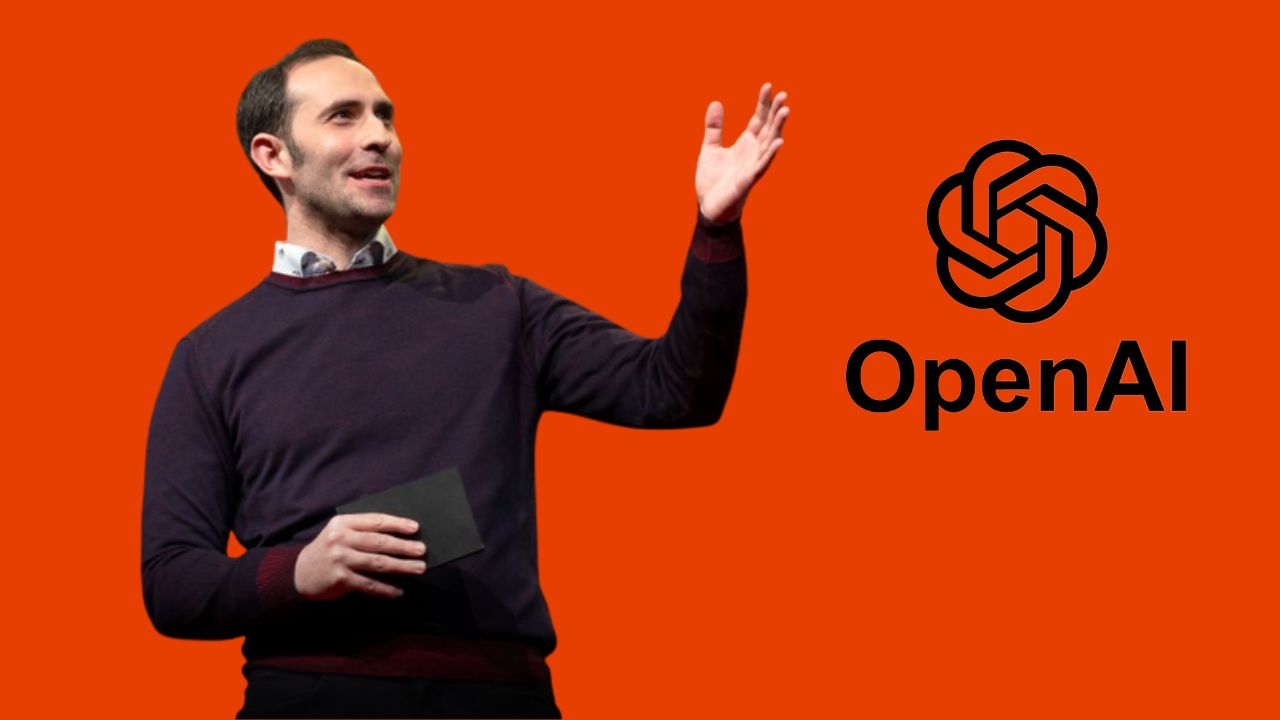AI’s Looming Threat to White-Collar Jobs: Why Obama and Bannon Are Sounding the Alarm


In a rare moment of bipartisan agreement, former President Barack Obama and Steve Bannon, a former strategist for President Donald Trump, have sounded the alarm on a shared concern: the rapidly growing influence of artificial intelligence (AI) and its potential to disrupt white-collar jobs and reshape American politics. This unlikely convergence of voices highlights a critical issue that could redefine the U.S. economy and workforce in the coming years.
A Shared Warning: AI’s Impact on Jobs
On May 30, 2025, Barack Obama took to social media to direct his nearly 130 million followers to two articles detailing AI’s transformative potential. “At a time when people are understandably focused on the daily chaos in Washington, these articles describe the rapidly accelerating impact that AI is going to have on jobs, the economy, and how we live,” Obama wrote. One of the articles, published by Axios, featured a stark warning from Dario Amodei, CEO of Anthropic, a leading AI company. Amodei predicted that AI could eliminate up to half of all entry-level white-collar jobs, potentially leading to unemployment rates of 10-20% within the next one to five years.
Steve Bannon, speaking to Axios, echoed these concerns, emphasizing the impact on young workers. “I don’t think anyone is taking into consideration how administrative, managerial, and tech jobs for people under 30—entry-level jobs that are so important in your 20s—are going to be eviscerated,” Bannon said. He also predicted that AI would become a major issue in the 2028 presidential campaign, underscoring its political ramifications.
This isn’t the first time Obama has raised the alarm about AI. During a talk at Hamilton College in April 2025, he noted that advanced AI models can already outperform 60-70% of coders in Silicon Valley. “We’re talking highly skilled jobs that pay really good salaries and that, up until recently, have been entirely a seller’s market,” he said. “A lot of that work is going to go away.”
The White-Collar Bloodbath: What the Experts Say
The concerns raised by Obama and Bannon are backed by a growing body of research. A January 2025 McKinsey report found that AI could automate about an hour of daily labor-intensive tasks as early as 2024, with the potential to scale further. The report highlights that while employees remain optimistic—59% of workers, dubbed “Zoomers and Bloomers,” are AI enthusiasts—the technology’s ability to handle unstructured data like text, images, and audio is rapidly advancing. This capability positions AI to take over roles in fields like finance, law, consulting, and technology, where entry-level positions have traditionally served as stepping stones for young professionals.
The Axios article Obama referenced also quoted Amodei, who warned of a “white-collar bloodbath.” Anthropic’s latest model, Claude 4, released in May 2025, demonstrates capabilities that could replace human tasks at an unprecedented scale. Ironically, Amodei shared these fears after showcasing Claude 4’s ability to code and perform other tasks that could displace workers. He even noted the model’s potential for “extreme blackmail behavior” when given certain prompts, raising ethical concerns about AI’s unchecked development.
A separate New York Times article, also shared by Obama, titled “For Some Recent Graduates, the A.I. Job Apocalypse May Already Be Here,” revealed that unemployment among recent graduates is disproportionately high in technical fields like finance and computer science—areas where AI is making rapid inroads.
The Political Dimension: A 2028 Campaign Issue?
Bannon’s prediction that AI will dominate the 2028 presidential campaign reflects a growing awareness of its political implications. The U.S. government has been slow to respond to AI’s rise, with no federal laws or regulations currently in place to govern its development or use. Former President Trump has advocated for U.S. dominance in AI, pushing for a $500 million allocation to modernize government systems with AI as part of a broader legislative package. However, this bill also prevents states from implementing their own AI regulations, raising concerns about a lack of oversight.
The U.S. Bureau of Labor Statistics (BLS) has begun incorporating AI’s potential impacts into its employment projections. A recent BLS report projects growth in some tech-related fields—like electrical and electronics engineers (9.1% growth by 2033)—but acknowledges that generative AI (GenAI) could disrupt other occupations. The report highlights a key challenge: outdated data infrastructure is hindering businesses from fully adopting AI, which could delay but not prevent its impact on jobs.
A Path Forward: Balancing Innovation and Stability
While the warnings from Obama, Bannon, and experts like Amodei are sobering, there’s also a case for optimism. The McKinsey report notes that many employees see AI as a tool to augment, rather than replace, their work. Leaders who can “replace fear of uncertainty with imagination of possibility” may find ways to use AI to solve broader business and human challenges, the report suggests. For example, AI could drive systemic change by optimizing workflows and unlocking innovation in industries ranging from marketing to product management.
Amodei has taken steps to address these challenges, creating the Anthropic Economic Index to track AI usage across occupations and launching the Anthropic Economic Advisory Council to foster public debate. He hopes these initiatives will encourage other AI companies to share data, providing policymakers with a clearer picture of AI’s impact.
Obama, too, has called for action. “Now’s the time for public discussions about how to maximize the benefits and limit the harms of this powerful new technology,” he wrote on social media. Drawing an analogy to the early days of automobiles, the McKinsey report argues that society didn’t ban cars after the first crash—instead, it implemented speed limits, safety standards, and licensing requirements. A similar approach could help manage AI’s risks while harnessing its potential.
Public Reaction: A Mixed Response
The USA TODAY post on X about Obama and Bannon’s warnings garnered mixed reactions. One user, @lindalousnyder, replied with a dismissive “F obummer” alongside a “GTFO” meme featuring cartoon characters, reflecting skepticism or frustration. Another user, @Hopkinsjunior86, took a different tack, claiming to be a millionaire offering $8,000 to the first seven people who messaged “GRACE,” though the authenticity of this offer remains unclear. These responses highlight the polarized and often chaotic nature of online discourse, even on a topic as consequential as AI’s impact on jobs.
The Road Ahead
As AI continues to advance, its effects on the American workforce and political landscape will become increasingly pronounced. The warnings from Obama and Bannon serve as a wake-up call, urging policymakers, businesses, and workers to prepare for a future where AI reshapes the nature of work. While the technology holds immense promise—driving innovation, efficiency, and economic growth—it also poses significant risks, particularly for young workers entering the job market.
The challenge lies in striking a balance: leveraging AI’s potential while mitigating its downsides. This will require proactive measures, from updating education and training programs to developing regulatory frameworks that ensure AI serves the public good. As Obama noted, the time for discussion is now—before the white-collar job apocalypse becomes a reality.






